The Seven Wonders of the World: A Journey Through History and Marvels
Table of Contents
Introduction
The concept of the “Seven Wonders of the World” has captivated the imagination of generations for centuries. These are the peaks of human ingenuity and artistry, one piece of wonder after another, testifying to the architectural and artistic skill of its time. Over the centuries, the listing has changed, listing other and different wonders at a later date. This paper has discussed the ancient as well as the new lists of the Seven Wonders of the World by the history that they hold, their significance, and the strong reasons that made them appeal to people even for such a long time.
The Seven Wonders of the Ancient World
This was the original list, compiled by ancient Greek scholars and travelers, known as the Seven Wonders of the Ancient World. The Seven Wonders were very wonderful in themselves, be it their size, beauty, or complexity in their construction. Here are the seven from this classical list:
The Great Pyramid of Giza
One of the seven wonders still existing today was constructed as a tomb for the Egyptian Pharaoh Khufu, known as Cheops, around 2580-2560 BCE. The Great Pyramid of Giza is the world’s biggest monument, standing at a height of 146 meters (481 feet). For more than 3,800 years, it stood as the highest man-made edifice. Its construction incorporates approximately 2.3 million stone blocks weighing between 1.5 and 15 tons. Engineers and archaeologists to this day are amazed at its high level of precision during construction.
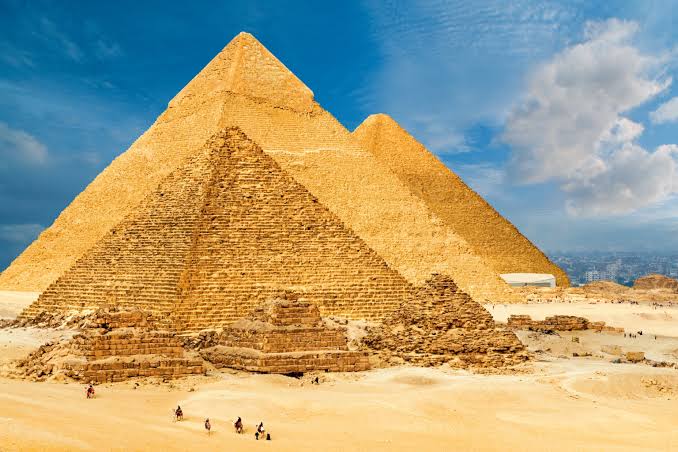
The Hanging Gardens of Babylon
The Hanging Gardens of Babylon, or so legend claims, were supposed to be an incredible series of tiered gardens sporting a diverse variety of trees, shrubs, and vines. They were supposed to have been created by the Babylonian king Nebuchadnezzar II for his wife Amytis, whom he wished to please. However, there is little concrete evidence that they ever existed-indeed, some historians believe them to be mere myth or a fabrication located in a completely different part of the world.
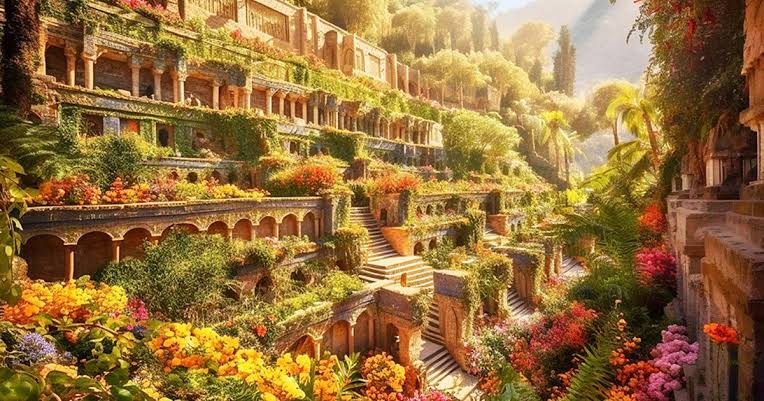
The Statue of Zeus at Olympia
The sculptor Phidias created around 435 BCE the Statue of Zeus, a gigantic statue of gold and ivory, placed in the Temple of Zeus at Olympia, Greece. About 12 meters tall, it was a representation of the Greek god Zeus sitting on a throne decorated with various mythological scenes. It is one of the most beautiful works of ancient Greek art but somehow disappeared or was destroyed before the 5th century CE.
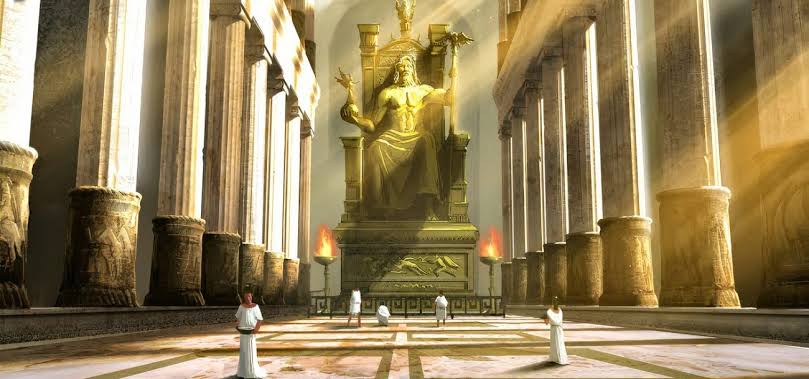
The Temple of Artemis at Ephesus
This temple was also in honor of the goddess Artemis and was rebuilt about 550 BCE following its destruction. The Temple of Artemis was the largest of all temples, even among others in Greece. Richly decorated, it had as many as 127 marble columns, which stood 18 meters (60 feet) tall. It was destroyed in 356 BCE and lay in ruin. Excavations of its remains were done in the 19th century.
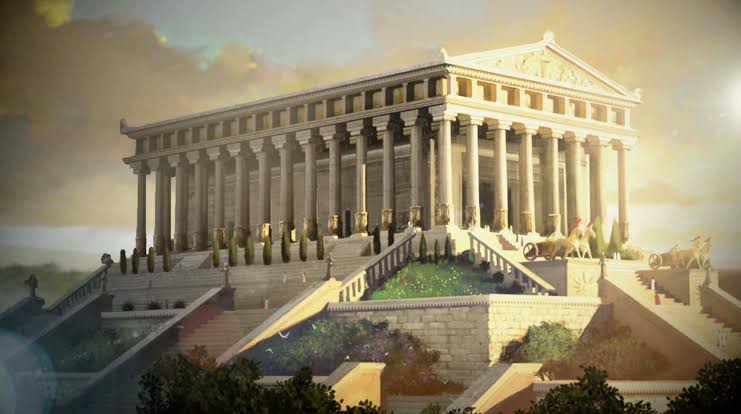
The Mausoleum at Halicarnassus
This was a tomb for Mausolus, the Persian satrap of Caria, and his wife, Artemisia II. The structure was about 45 meters (148 feet) high and richly covered with sculptural reliefs and statues. The word “mausoleum” is taken from his name. The mausoleum was eventually destroyed by earthquakes in the Middle Ages and parts of it were used to construct other buildings.
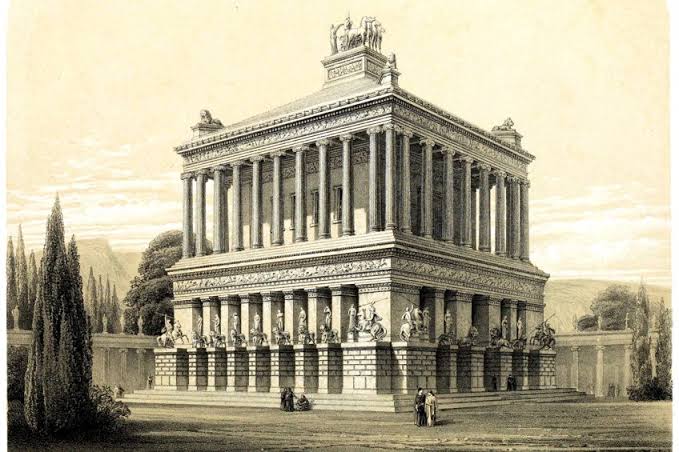
The Colossus of Rhodes
This gigantic bronze statue stood at the harbour entrance of an island city called Rhodes. Erected between 292 and 280 BCE to commemorate a victory of Rhodes over Cyprus, it represented the sun god Helios and towered up to about 33 meters (108 feet) high into the skies. It fell in 226 BCE from the effects of an earthquake, and remained broken for many years before the ruins were finally taken apart.
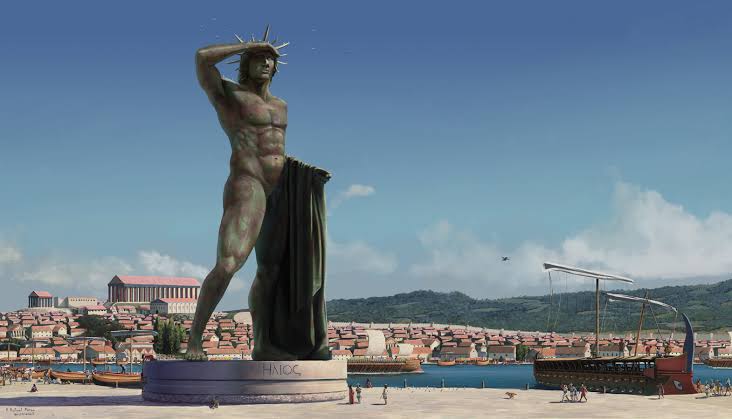
The Lighthouse of Alexandria
Also called the Pharos of Alexandria, this lighthouse was built on the tiny island of Pharos around 280 BCE. It was one of the tallest man-made constructions at that time, about 100 to 130 meters in height or 330 to 430 feet. It existed exclusively for the purpose of leading sailors safely into the busy harbour of Alexandria. The lighthouse had fallen under severe earthquakes that led to its destruction and in ruins.

The New Seven Wonders of the World
In 2007, the New7Wonders Foundation organized an international public poll to decide on a new list. Unlike the ancient list, whose choice was made by a list of board experts, this list consisted of wonders chosen by public voting and, therefore, describes the most recent work. Here are the Wonders from this new list:
The Great Wall of China
Stretching 21,000 kilometers (13,000 miles) across the northern borders of China, construction began under many dynasties over some 2,700 years ago, in the 7th century BCE. The Great Wall of China was meant to defend Chinese states from invasions and raids. There are walls, watchtowers, and fortifications along the wall, proving that ancient Chinese engineers must have been quite brilliant strategists.

Petra, Jordan
Situated in the 4th century BCE, it was the capital of Nabataean Kingdom, and nowadays, it is famous for its pink-hued rock-cut architecture. It contains numerous terrific rock-cut temples and tombs and the treasury building. Petra is considered one of the most fantastic archaeological sites in the world due to its improved water management system and majestic architecture.

Christ the Redeemer, Brazil
This is an iconic statue 98 feet tall on Corcovado Mountain, located in Rio de Janeiro, Brazil. It was finished in 1931 and portrays Jesus Christ with outstretched arms and has since been a global symbol of Christianity and peace. Its sheer size and location make it an eye-catching landmark that appears from many parts of the city.
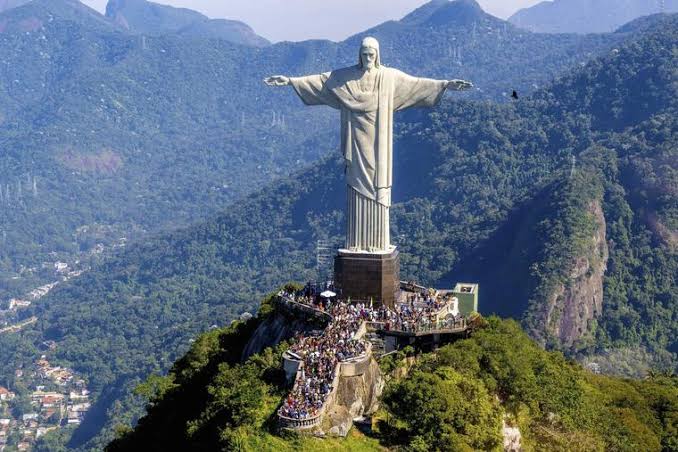
Machu Picchu, Peru
Machu Picchu is located on the Andes Mountains, built in the 15th century as a citadel of the Incan government. It was abandoned when the Spanish conquered it and happened to be rediscovered in 1911. Among its notable aspects are well-made stone structures, terraced fields, and intricate water systems. Its mystique and beautiful location made it one of the world’s most visited archaeological sites.
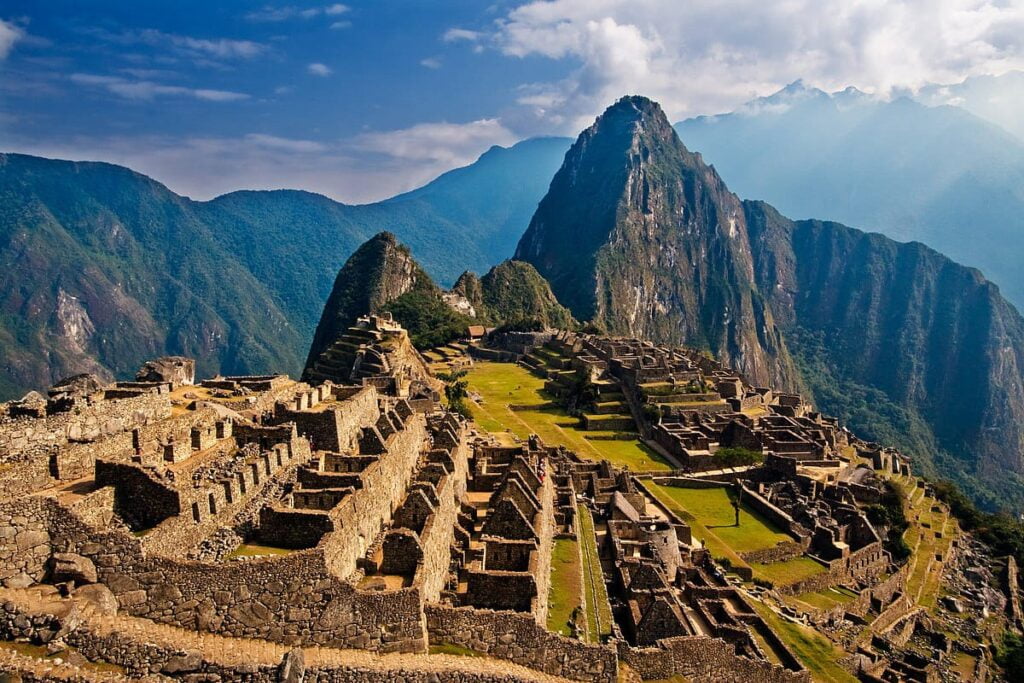
Chichen Itza, Mexico
Chichen Itza was among the chief cities of the Maya civilization, situated within the Yucatan Peninsula. This place is famous for the Pyramid of Kukulcán also known as El Castillo, which was used as an astronomical and ceremonial center. Advanced knowledge in astronomy and mathematics by the Mayan is evident at the design of this pyramid.
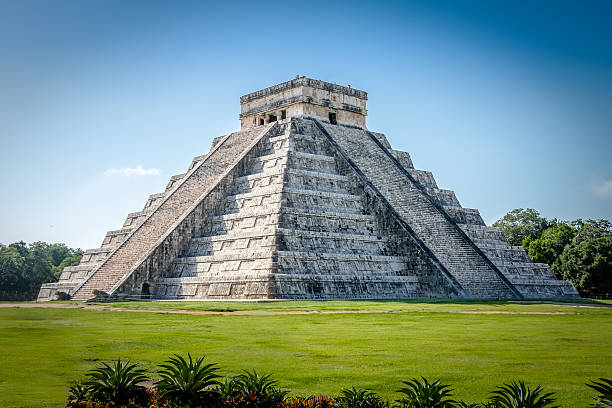
Roman Colosseum, Italy
The Colosseum, Rome. It is the ancient amphitheater that exemplifies majesty and history. Erected in 80 CE, this place could accommodate about 50,000 people who would attend games of gladiators, public events, and dramatic performances. After having stood the test of centuries, it remains one of the most prominent symbols of ancient Rome.

Taj Mahal, India
Taj Mahal, 1631-1648 is believed to be a white marble mausoleum commissioned by Mughal Emperor Shah Jahan in the memory of his wife Mumtaz Mahal. It is famous for its beautiful architecture that blends the Mughal, Persian as well as Indian styles. The story behind Taj Mahal has made it to be known as a symbol of love most of the time.
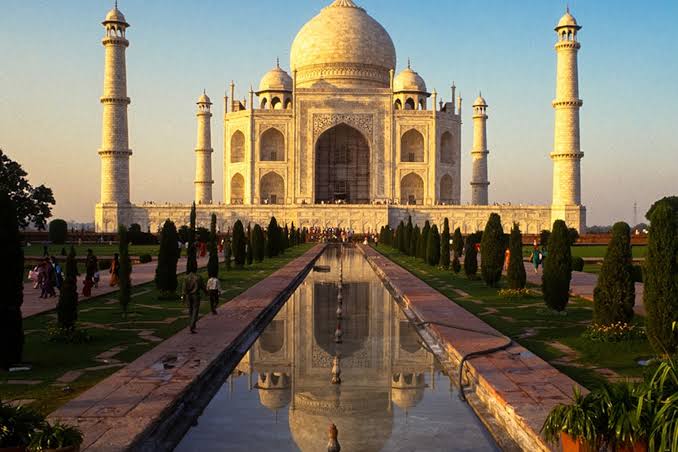
FAQ
Why were these wonders chosen?
There is some controversy about how many of the original seven were chosen for their strictly architectural and artistic merits. Still, they did serve as some kind of landmarks epitomizing exceptional human achievement. The New Seven Wonders were selected through a global poll to highlight more recent and globally recognized marvels of human creativity and engineering.
How were the ancient wonders built?
The construction methods of ancient wonders differed. For example, while the Great Pyramid of Giza was built using large stone blocks transported from quarries, the Colossus of Rhodes was built using bronze plates over an iron framework. Techniques involved were those that involved advanced knowledge in engineering, materials, and labor organization.
Is there another new list of wonders?
Yes, aside from the New7Wonders there are lists such as Seven Natural Wonders of the World and Seven Underwater Wonders of the World; all these present different kinds of extra ordinary places.
How could I see these wonders?
Visiting these marvels involves crossing borders. Virtually all the modern wonders, including the Great Wall of China and the Taj Mahal, are excellent tourist destinations with all sorts of facilities for them. Ancient marvels, such as the Great Pyramid, are manifested through historical locations and museums that explain and interpret them.
How can I learn more about these wonders?
There are many books, documentaries, and online resources that carry information about these sites. Visiting museums, historical sites, and scholarly articles can also give the reader a profound insight into its history and significance.




